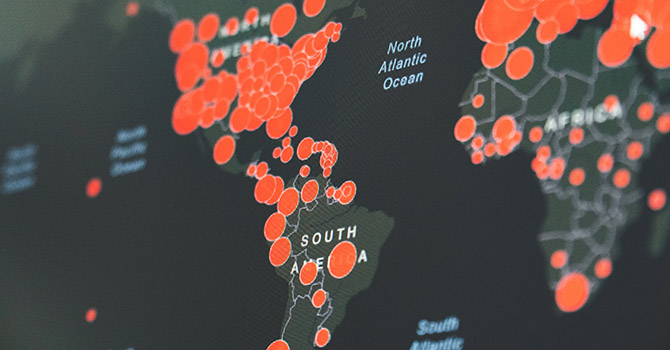
India's Coronavirus Cases Increase as National Government Relaxes Rules
Q&A with Bhramar Mukherjee
Despite India's drastic nine-week shutdown and amid relaxing restrictions, the country now has the fourth-largest number of coronavirus cases in the world. Professor and chair of Biostatistics Bhramar Mukherjee offers an update on the trend and how a group of researchers are developing models to visualize the data.





